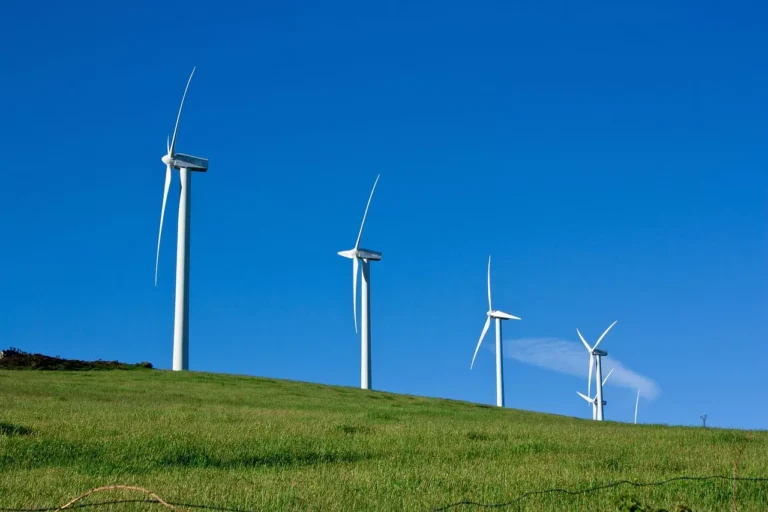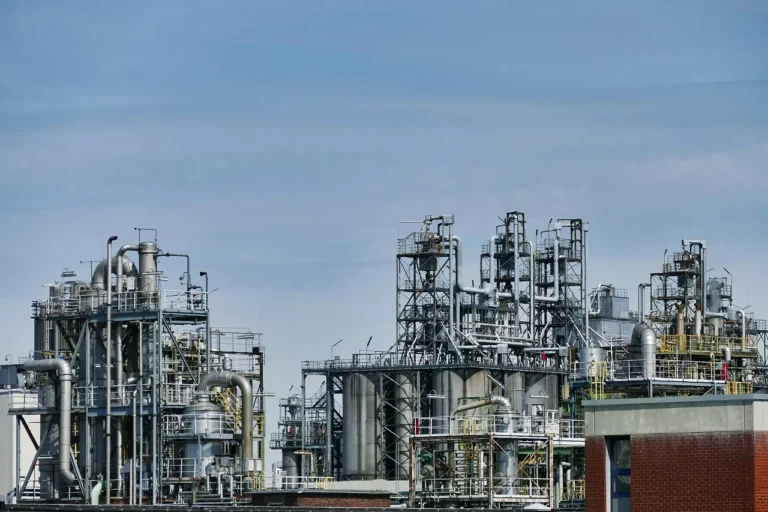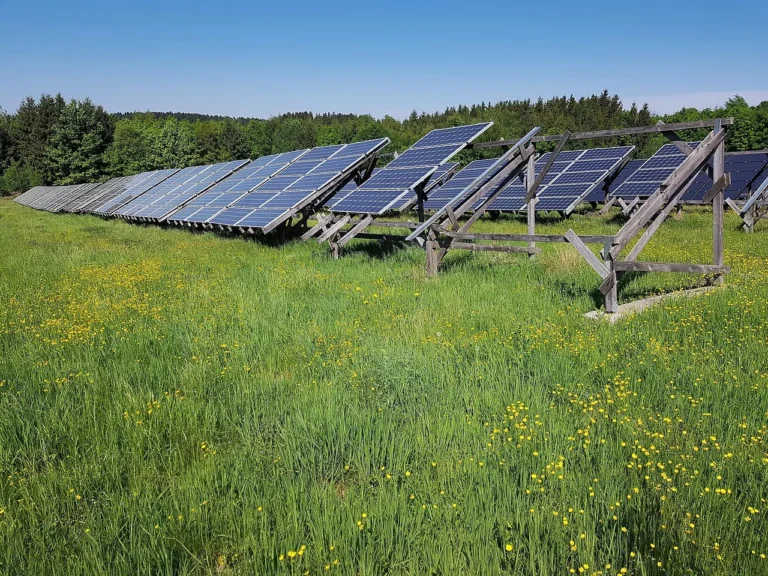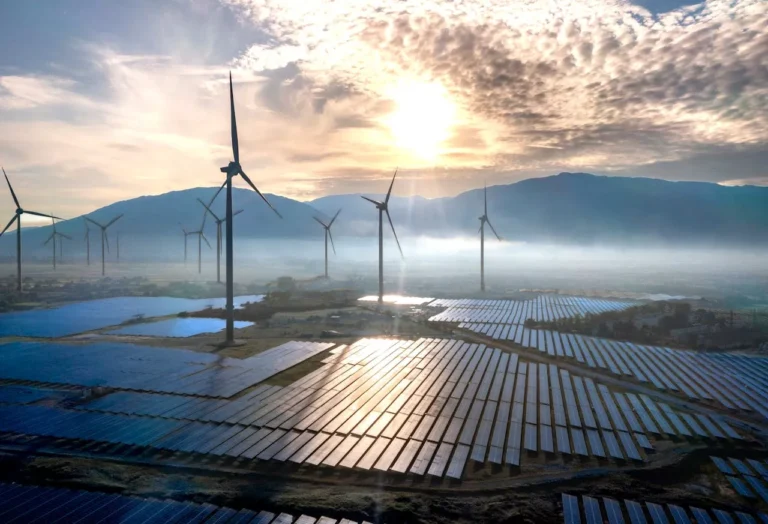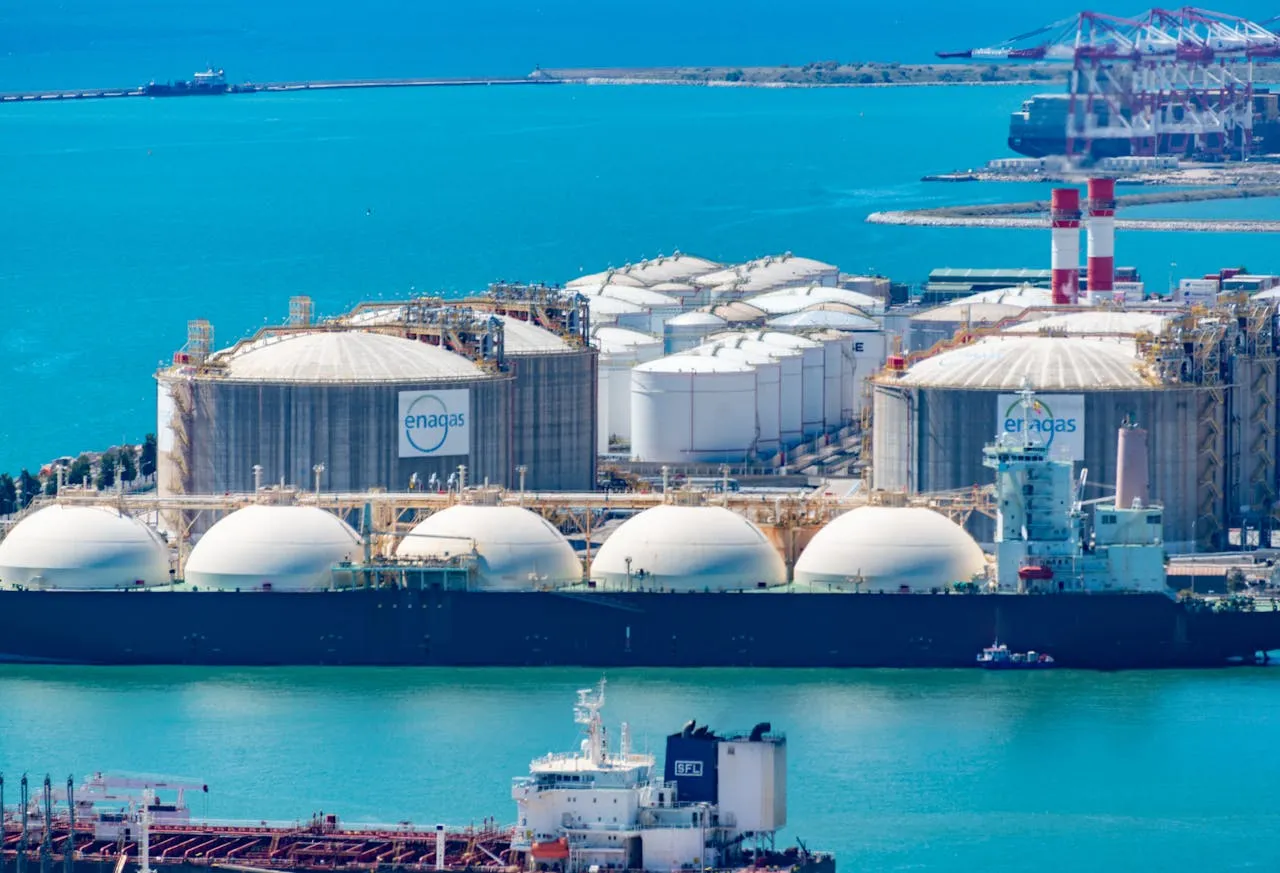
Glenfarne Boosts Alaska LNG Momentum with Tokyo Gas Deal
Glenfarne Alaska LNG, LLC (Glenfarne) has taken another major step toward advancing its ambitious liquefied natural gas (LNG) project in Alaska, signing a Letter of Intent (LOI) with Tokyo Gas Co., Ltd. for the offtake of one million tonnes per annum (MTPA) of LNG. The agreement signals growing international confidence in the Alaska LNG project, which is the only federally authorized LNG export terminal on the U.S. Pacific Coast and a cornerstone of Glenfarne’s vision to connect American natural gas with key markets in Asia.
Tokyo Gas, one of Japan’s largest and most established energy utilities, has long been recognized as a pioneer in LNG procurement. With decades of experience in energy innovation and international trade, Tokyo Gas’ involvement adds considerable credibility and commercial strength to the Alaska LNG project. For Glenfarne, this marks another milestone in building a world-class LNG export venture strategically positioned to meet the growing demand for cleaner energy across Asia.
Since becoming the lead developer of Alaska LNG in March 2025, Glenfarne has rapidly advanced the project’s commercial and technical progress. The company has already secured preliminary offtake agreements with several leading LNG buyers in the Asia-Pacific region, including Japan’s JERA, Korea’s POSCO, Taiwan’s CPC, and Thailand’s PTT. Together, these commitments total approximately 11 MTPA of capacity — representing the majority of the 16 MTPA Glenfarne expects to contract in order to reach financial close.
Brendan Duval, Chief Executive Officer and Founder of Glenfarne, emphasized the strategic and symbolic significance of the partnership with Tokyo Gas. “This agreement validates the strength of Alaska LNG’s commercial offering and the importance of Alaska LNG as a strategically positioned supplier of affordable, clean LNG for U.S. Pacific allies,” Duval said. “Tokyo Gas pioneered the LNG industry with their agreement to purchase LNG from Alaska fifty-five years ago and is one of the most respected voices in the industry. We welcome their participation in Alaska LNG.”
The Alaska LNG project is designed to deliver up to 20 MTPA of LNG for export while also meeting Alaska’s domestic energy needs. Central to the project is an 807-mile (1,299-kilometer) natural gas pipeline system running from the North Slope to the southern coast, where the LNG terminal will be located. The pipeline, with a 42-inch diameter, will transport natural gas from Prudhoe Bay and surrounding fields, enabling both domestic consumption and large-scale exports to international markets.
Engineering and design work on the project is progressing under the management of Worley, which is finalizing detailed engineering and cost validation studies. These efforts will ensure that Alaska LNG remains competitive on a global scale while maintaining environmental responsibility and construction efficiency.
A key component of Glenfarne’s strategy is a phased approach to project development, aimed at reducing risk and accelerating execution. Phase One focuses on constructing the domestic pipeline to transport natural gas approximately 765 miles from the North Slope to the Anchorage region. This phase will enhance Alaska’s energy infrastructure and provide stable, affordable natural gas to local communities and industries.
Phase Two will involve building the LNG terminal and associated export facilities. This infrastructure will enable the liquefaction of natural gas and its shipment to markets across Asia, helping meet growing demand for cleaner fuels as countries transition away from coal and oil. The two-phase approach allows Glenfarne to manage capital expenditures efficiently while aligning construction timelines with global market dynamics and long-term offtake commitments.
The State of Alaska also plays a significant role in the project’s development through its 25% ownership stake held by the Alaska Gasline Development Corporation (AGDC). This public-private collaboration underscores Alaska LNG’s importance to the state’s economic and energy future. By leveraging its abundant North Slope natural gas reserves, Alaska aims to become a major supplier of low-carbon energy to key U.S. allies in the Indo-Pacific region.
The project aligns closely with global energy transition trends, as LNG continues to play a vital role in supporting reliable and cleaner energy systems. For countries like Japan, which has limited domestic fossil fuel resources, LNG remains a critical component of the energy mix. Partnerships such as the one between Glenfarne and Tokyo Gas not only reinforce energy security but also strengthen trade and geopolitical ties between the U.S. and its Pacific allies.
Moreover, the Alaska LNG project’s location gives it a distinct logistical advantage. Situated closer to major Asian markets than Gulf Coast LNG terminals, it offers significantly shorter shipping distances, which translates into reduced transportation costs and lower carbon emissions per shipment. This geographic edge, combined with the project’s access to stable U.S. natural gas supply and regulatory authorization, positions Alaska LNG as a competitive and sustainable option for global buyers.
Glenfarne’s broader LNG portfolio reflects its commitment to sustainable and reliable energy solutions. The company has a track record of developing and managing large-scale energy infrastructure projects that combine economic growth with environmental responsibility. The Alaska LNG project stands out not only for its scale and location but also for its potential to deliver meaningful contributions to the global clean energy transition.
As Duval and his team continue to finalize commercial agreements and engineering milestones, the project moves closer to a final investment decision (FID). With Tokyo Gas now on board and strong interest from other major Asian utilities, Glenfarne is well positioned to secure the remaining offtake capacity needed for financing. Once complete, Alaska LNG is expected to become one of the most strategically important energy export hubs in the Pacific Basin, linking U.S. natural gas resources with global markets for decades to come.





